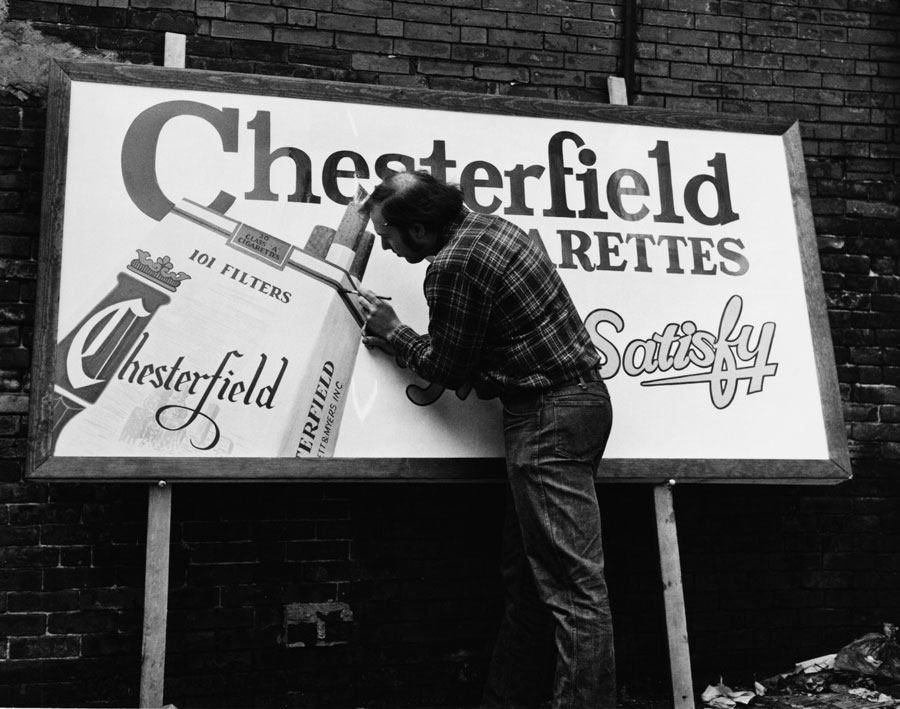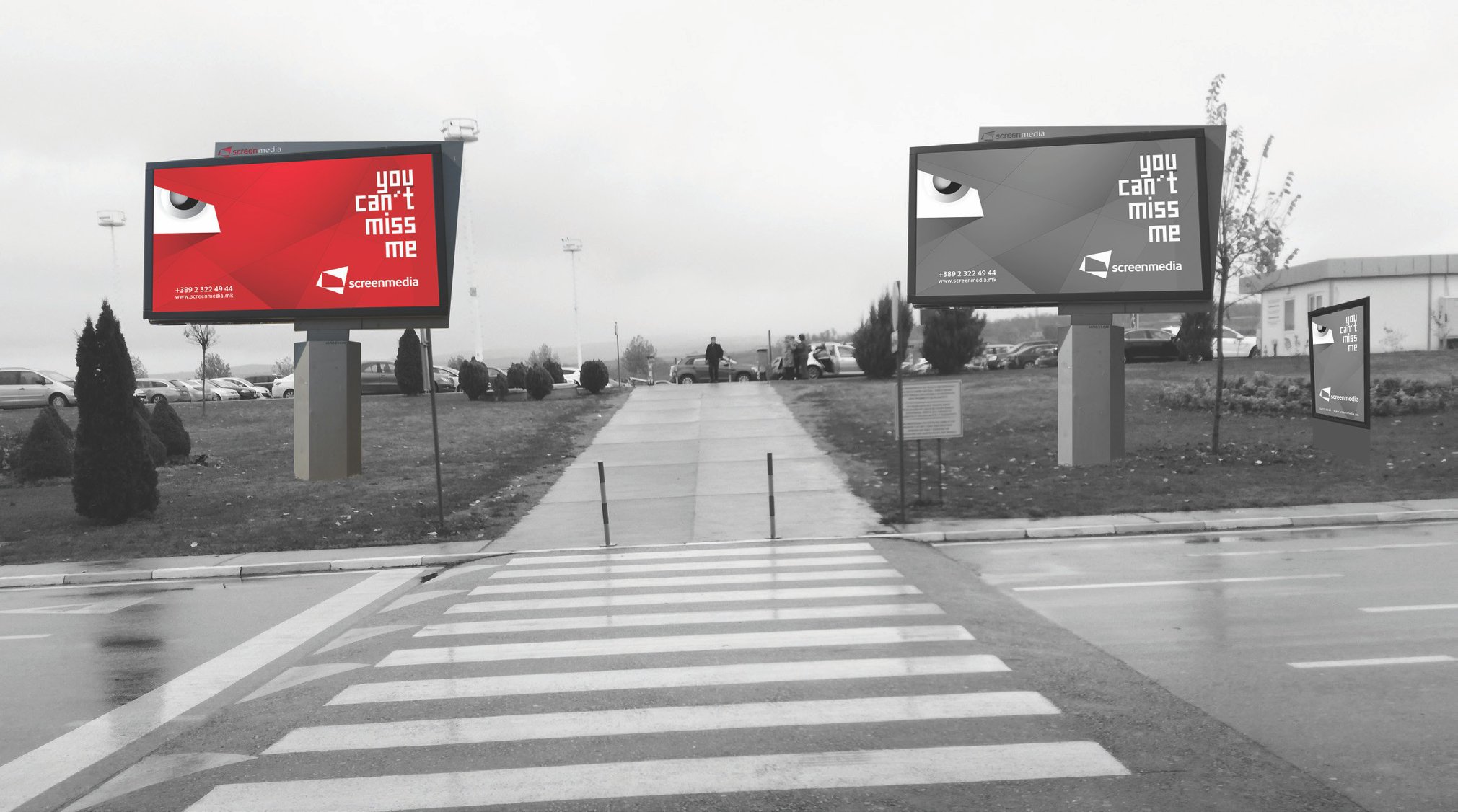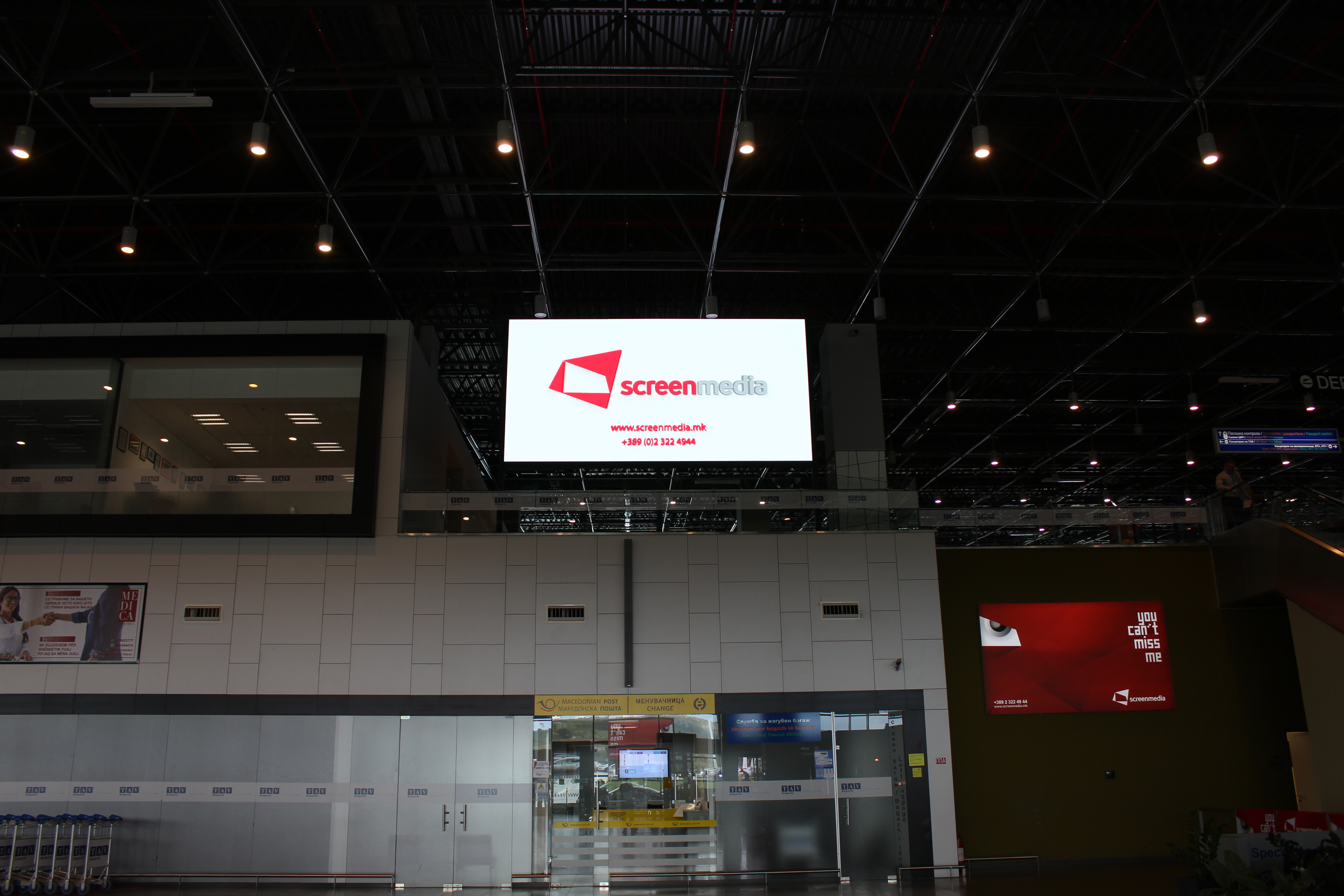It feels like they’ve always been around, those tall, free-standing advertisements, strategically placed along the highway. You may have memories of a favorite billboard you’d frequent every year in a family road-trip or one that you used to wait to see because it meant you were close to a favorite place.
Billboards, as we know them today, have been around for over 100 years, but the inspiration for today’s billboard advertisements dates back to the 1400’s. In 1450 Johannes Gutenberg invented moveable type printing which led to the very first piece of advertising, ever. It was a basic flyer at first, growing into illustrated posters, all the way up to a simpler version of today’s billboards. In 1796 the first illustrated poster was made when the lithographic process was perfected.

Early billboards, which began appearing in the 1830’s were essentially oversized posters placed on the sides of buildings which faced the road. They were initially bought by businesses to attract people traveling on foot, horseback, or carriage. Campaigns were local and billboards were often very close to the establishment they were advertising.
The effectiveness of these advertisements led to creating an entirely new branch of the advertising industry as clients demanded newer and more attractive ads that would catch the eye and entice the traveler to stop and spend money.
More changes came to the billboard advertising industry as we moved into the 20th century. This is where standardization in billboard structure led to the creation of billboards, more or less, as we see them now. Once standards were put into place, larger companies were able to launch national outdoor advertising campaigns. Billboards are a standard, uniform size, which allows a company to mass produce a single billboard ad, knowing it will fit billboards anywhere in the country.
Atlanta’s own Coca-Cola Company took advantage of this advertising strategy, introducing its iconic Santa Claus on a billboard in 1931.

With the advent of digital technology, hand-painted boards were replaced by computer-painted outdoor advertising formats. Outdoor companies offered a diverse range of advertising format including bus shelters, transit and kiosks, airport advertising, mall displays, and taxis.
From the early civilization until the present time, man has used the billboards to advertise, to market, to share their feelings, and generally to uplift the lives of many. Whether it’s to provide information on gas prices or the arrival of the best burger in town, knowledge is one important element that billboards have imparted. They have become a very popular medium to address current issues and information. Perhaps it’s because they reach more people for cheaper prices than any other type of media or maybe it’s because people are spending much more time in their vehicles now than ever before.



